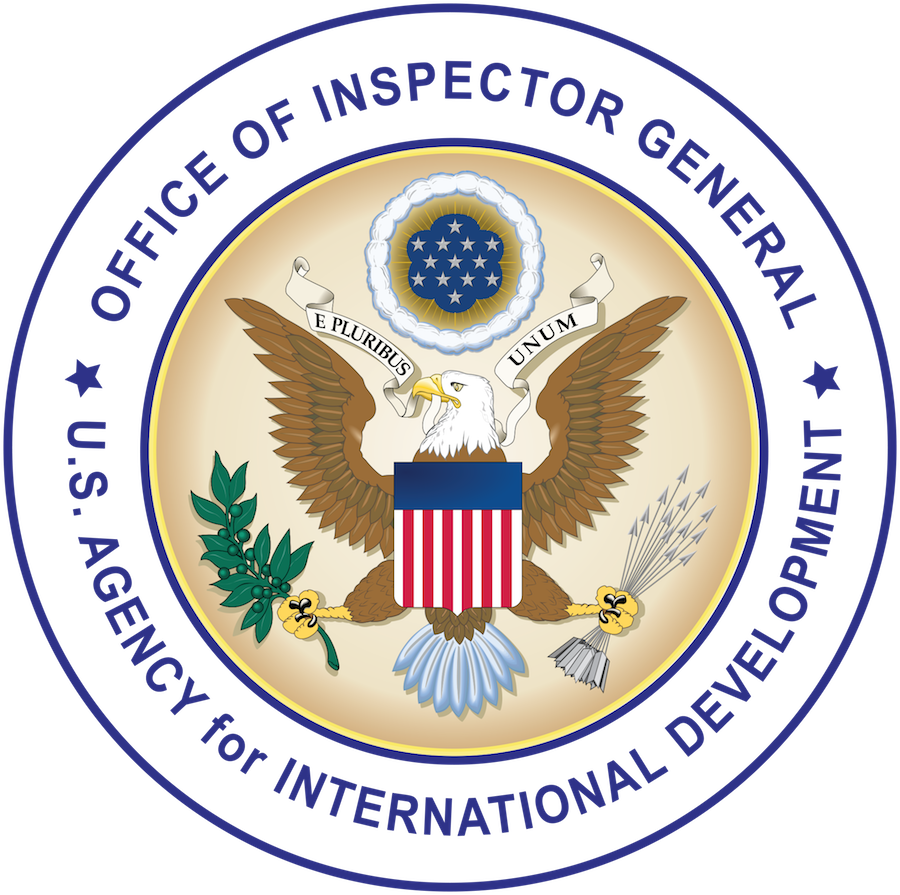Audit of USAID’s Implementation of Key Components of a Privacy Program for Its Information Technology Systems
Recommendations
USAID's Assistant Administrator for Management send a written request to the Administrator that he designate a senior-level agency official for privacy with Agency-wide responsibility for information privacy issues, as required by Office of Management and Budget M-05-08.
USAID's Chief Privacy Officer document and implement a process to maintain records of employees who attend role-based privacy training, to include comparing those records to a list of employees that should receive the training.
USAID's Chief Privacy Officer complete written system of record notices for the Web Time and Attendance System and End-to-End Travel System, and publish them in the Federal Register.
USAID's Chief Privacy Officer develop and implement written procedures to review and update system of records notices on at least a biennial basis.
USAID's Chief Privacy Officer finalize the written privacy impact assessments for Facebook (https://www.facebook.com/USAID), Twitter (https://twitter.com/#!/usaid), and Youtube (http://www.youtube.com/usaidvideo).
USAID's Chief Privacy Officer update and finalize the written privacy impact assessment for Making All Voices Count, (http://www.makingallvoicescount.org) to explain the specific purpose of the Agency's use of the third-party Web site or application, whether and how the Agency will maintain personally identifiable information, and for how long, and what other privacy risks exist and how the Agency will mitigate those risks.
USAID's Bureau for Legislative and Public Affairs, Strategic Adviser for Strategic Communications, post final privacy impact assessments on USAID's official external Web site for the following third-party Web sites and document the results:
-Facebook, https://ww.facebook.com/USAID
-GitHub, https://github.com/USAID
-Linkedin, http://www.linkedin.com/groups?gid=118430
-Making All Voices Count, http://www.makingallvoicescount.org/
-Twitter, https://twitter.com/#!/usaid
-Youtube, http://www.youtube.com/usaidvideo
USAID's Chief Privacy Officer review the FLIKR Web site, http://www.flickr.com/people/usaid-indonesia, and make a written determination whether it may provide personally identifiable information to the Agency, and, based on that determination, prepare a privacy impact assessment, as appropriate.
USAID's Bureau for Legislative and Public Affairs, Strategic Adviser for Strategic Communications, implement a written process to maintain an Agency-wide inventory of third-party Web sites that make personally identifiable information available to the Agency.
USAID's Chief Privacy Officer make a written risk-based determination of the frequency that the data loss prevention tool and Pretty Good Privacy should be monitored, and based on that, implement appropriate corrective actions and document the results.
USAID's Chief Privacy Officer revise its written plan to eliminate the unnecessary collection and use of Social Security numbers, to include time frames for reviewing and eliminating the unnecessary collection and use of partial and full Social Security numbers in Agency forms and systems
After final action is taken on Recommendation 1, USAID's Director, Human Resources, modify the written position description of the senior agency official for privacy to fully incorporate responsibility for privacy across the Agency.
After taking final action on Recommendation 19, USAID's Chief Privacy Officer implement its plan to eliminate the unnecessary collection and use of Social Security numbers and document the results.
USAID's Chief Privacy Officer develop and implement documented procedures for reviewing the Agency's personally identifiable information holdings. At a minimum, those procedures must include who is responsible for conducting those reviews, the schedule for conducting them, and how they will be conducted.
USAID's Chief Privacy Officer make the Agency's written schedule for reviewing its personally identifiable information holdings publicly available.
USAID's Chief Privacy Officer prepare written privacy notices and post them on the following Web sites at all locations where the public might make personally identifiable information available to the Agency, as required:
-Facebook, https://www.facebook.com/USAID
-GitHub, https://github.com/USAID
-Linkedin, http://www.linkedin.com/groups?gid=118430
-Making All Voices Count, http://www.makingallvoicescount.org
-Twitter, https://twitter.com/#!/usaid
-YouTube, http://www.youtube.com/usaidvideo
USAID's Chief Privacy Officer develop and implement a written process to periodically review the Agency's inventory of third-party Web sites for completeness, and prepare privacy notices and post them on the Web sites at all locations where the public might make personally identifiable information available to the Agency.
USAID's Chief, Systems Development Branch, either configure the server that hosts http://www.usaid.gov/comment to require the use of Transport Layer Security 1.0 or higher, or if not needed, discontinue collecting "names" on http://www.usaid.gov/comment, and document the results.
USAID's Chief Privacy Officer revise the Privacy Office's Guidance for USAID Breach Response Team (August 2007) to include:
-Instructions on how to handle a delay to send notifications of a privacy breach, including who should make this decision and what they are required to do once the decision is made.
-A statement on whether breached information was encrypted or protected by other means, when appropriate.
-A reassessment of the impact level as defined by the National Institute of Standards and Technology following an information breach.
USAID's Bureau for Legislative and Public Affairs, Director of Digital Communications, fix the broken links to the system of record notices on the Agency's external Web site, http://www.usaid.gov/privacy-program, and document the results.
